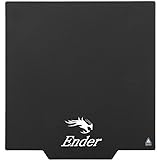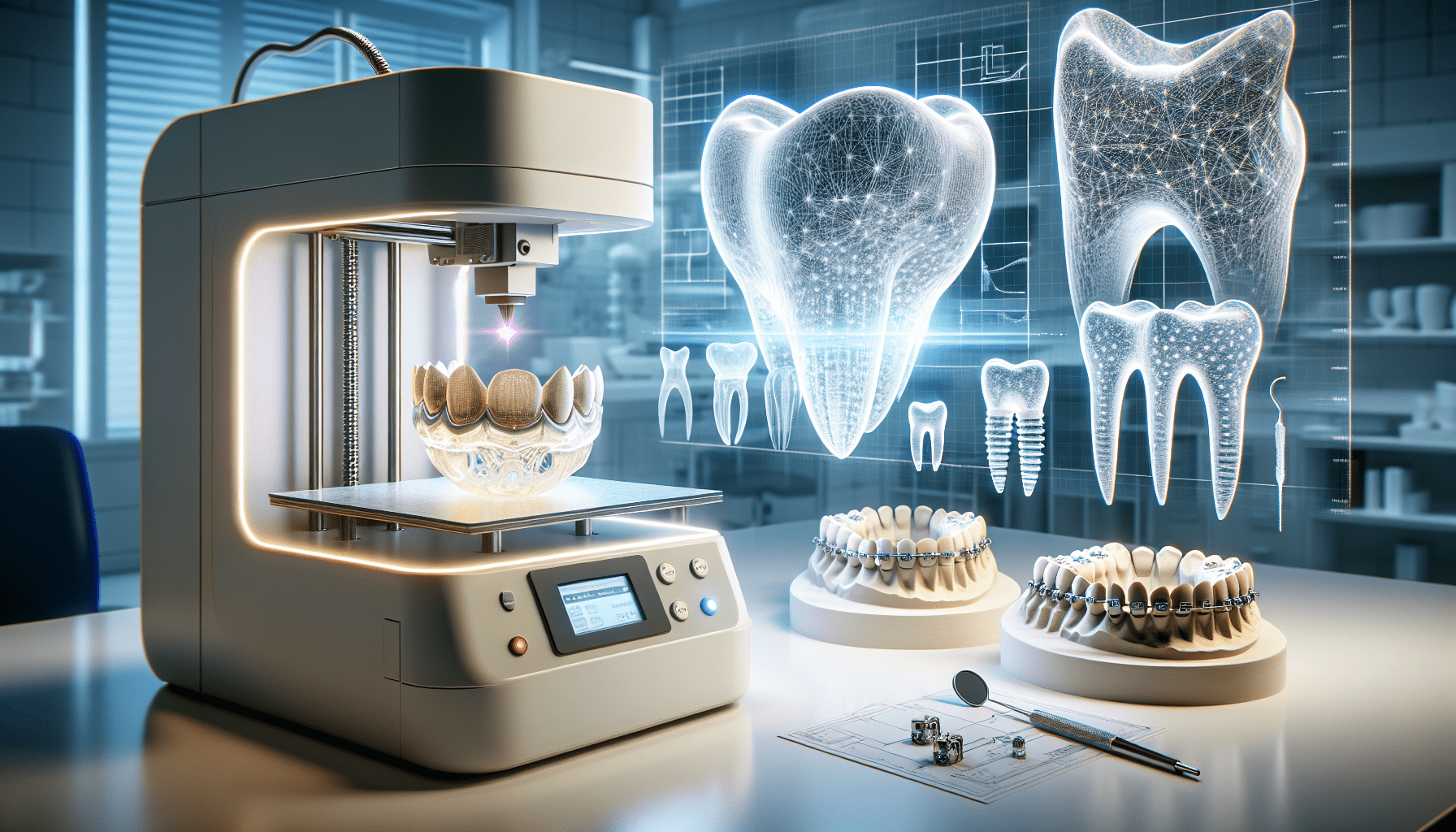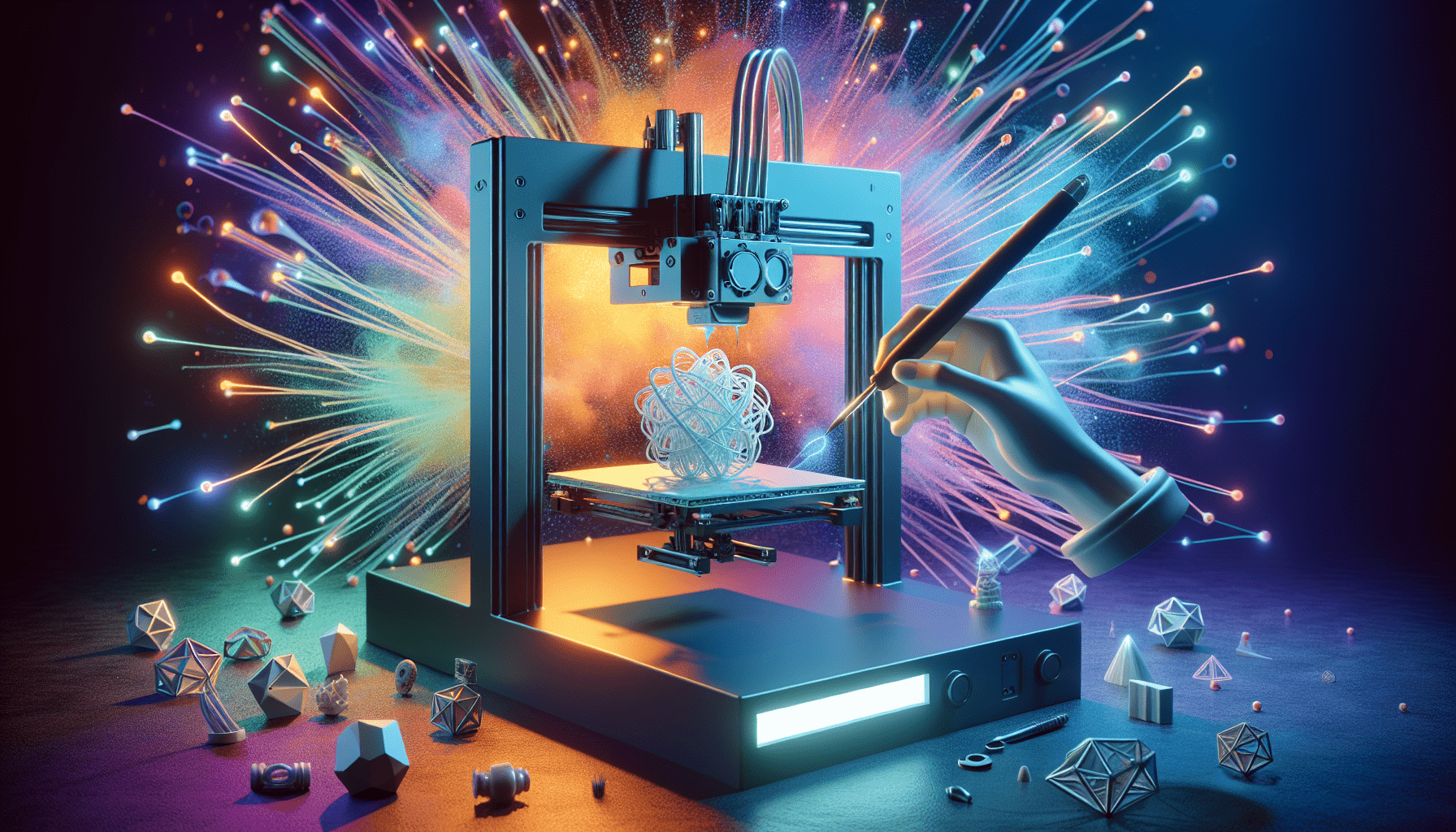FLASHFORGE Adventurer 5M 3D Printer,600mm/s Max High-Speed FDM 3D Printers with Fully Auto Leveling, 280°C Direct Extruder with Quick Detachable Nozzle, Effective Cooling, Core XY Structure
$259.00 (as of June 19, 2025 23:45 GMT +00:00 - More infoProduct prices and availability are accurate as of the date/time indicated and are subject to change. Any price and availability information displayed on [relevant Amazon Site(s), as applicable] at the time of purchase will apply to the purchase of this product.)What if you could manufacture crucial parts needed for space missions directly in outer space? This seemingly futuristic idea became a reality in August 2024 when the first metal part was 3D printed aboard the International Space Station (ISS). This milestone could significantly impact future space missions, changing how we approach in-orbit production and repairs.
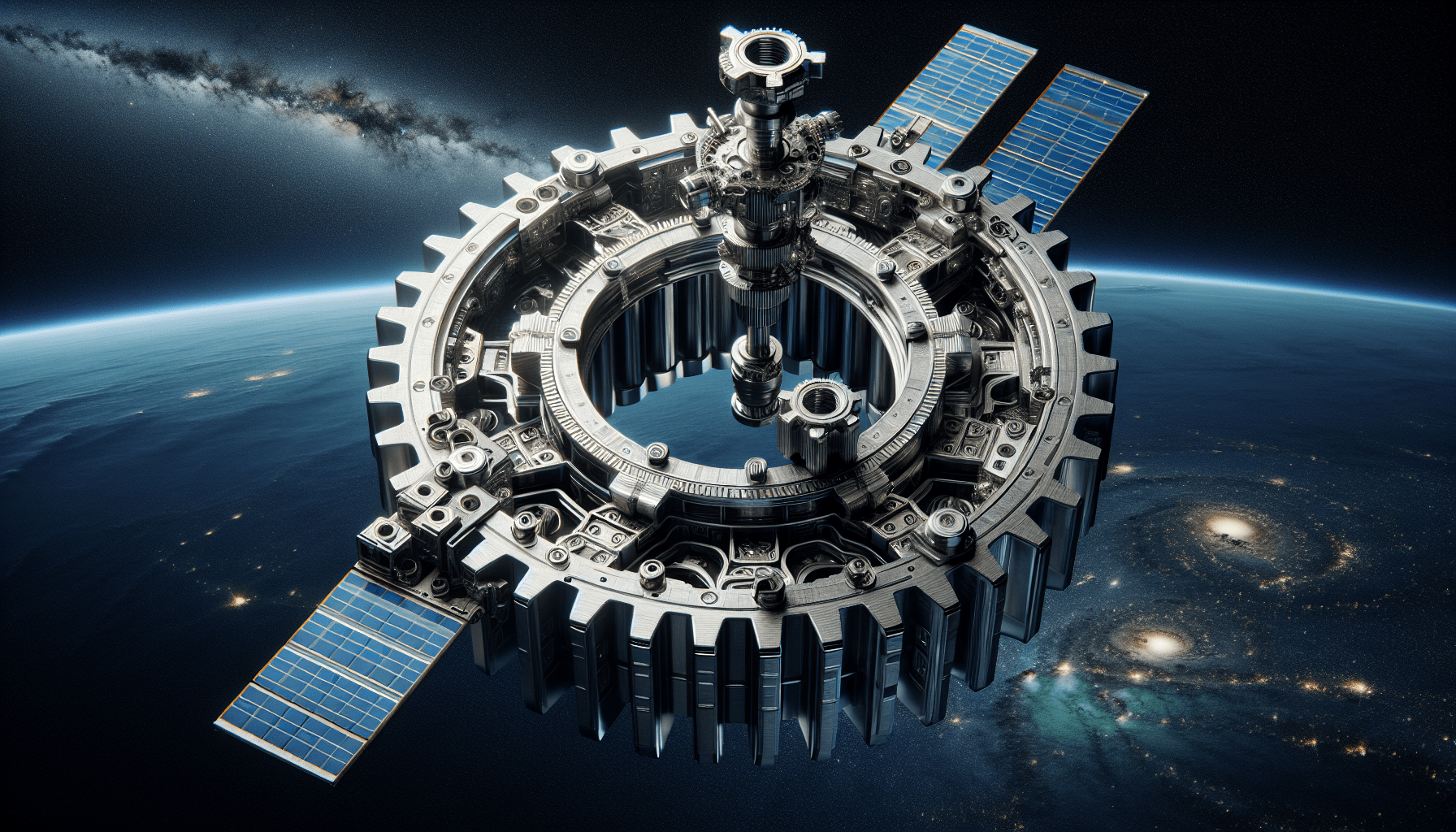
Buy Photon Mono M5 Get Free 1KG Resin
Historic Achievement
This breakthrough took place in August 2024 when a collaboration led by the European Space Agency (ESA) successfully printed the first metal part aboard the ISS. This is not just a minor technical accomplishment but a historic leap forward in space exploration and technology. It signifies the beginning of a new era where the capabilities for in-space manufacturing become feasible, opening up countless opportunities for future missions.
Why This Matters
The ability to print metal parts in space demonstrates the potential for in-orbit production and repairs, a pivotal capability for long-term, sustainable space exploration. Historically, any malfunction requiring a new part necessitated a costly and logistically complex mission to deliver it. But with 3D printing, essential components can be fabricated directly aboard the spacecraft, drastically reducing both time and resources required for repairs.
Key Players
This monumental project was a collaborative effort involving numerous key players. It was spearheaded by the European Space Agency (ESA) and involved significant contributions from Airbus, AddUp, Cranfield University, and Highftech Engineering. These organizations pooled their resources and expertise to develop the technology that made this historic milestone possible.
| Organization | Role |
|---|---|
| ESA | Project leadership and funding |
| Airbus | Technical expertise and support |
| AddUp | Specialized 3D printing knowledge |
| Cranfield University | Academic research and development |
| Highftech Engineering | Engineering and technical solutions |
Installation
Before the 3D printer could perform its groundbreaking work, it had to be installed aboard the ISS. In May 2024, the specialized metal 3D printer, developed under the ESA’s funding, was set up in the Columbus module of the ISS. This phase involved extensive planning and coordination to ensure that the printer could operate efficiently in a microgravity environment.
Preparing for the Unpredictable
Installing the printer was no easy feat. Traditional 3D printing methods rely on gravity to deposit material precisely layer by layer. However, in the microgravity conditions of the ISS, this approach demanded complete reengineering. The team had to ensure that the printer’s design would account for the unique challenges posed by the space environment.
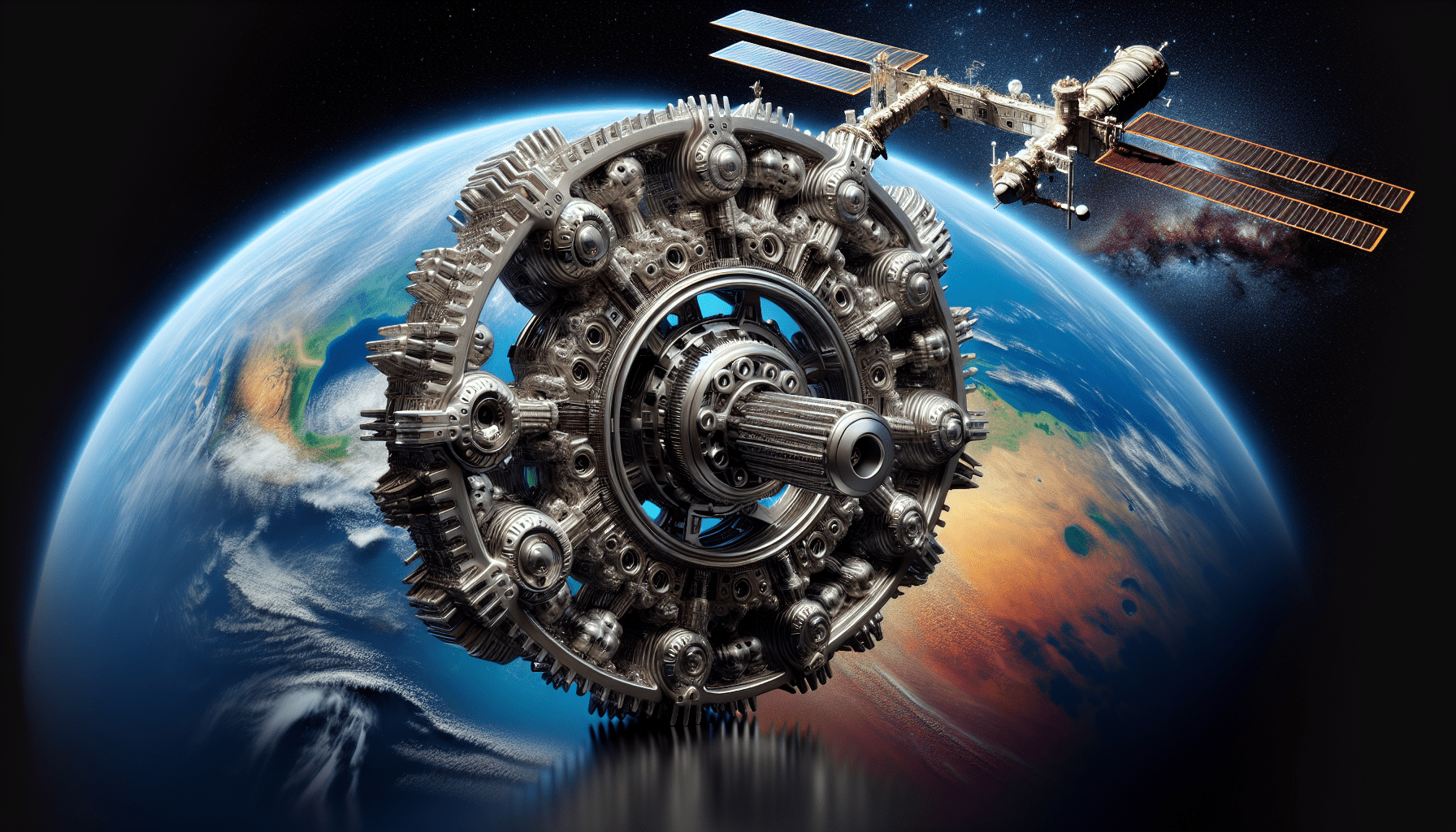
$30 off $400+ Anycubic Products with code AC30OFF
Challenges
Printing in microgravity presented an array of challenges that required innovative solutions. Traditional 3D printing relies heavily on gravity to help position and solidify the material. But in space, technicians had to develop new strategies. From maintaining precision in the layer alignment to ensuring stable material flow, engineers faced numerous hurdles.
Overcoming Microgravity Issues
One of the foremost challenges was developing a method to manage the stainless steel wire used as a printing material. Without gravity, traditional feeding and laying techniques wouldn’t work. Instead, new mechanisms were developed to control the material’s placement and ensure layer precision.
The Printing Process
Utilizing stainless steel wire and a high-powered laser, the 3D printer was able to create metal parts layer by layer. This method was meticulously engineered to function optimally in the absence of gravity, ensuring each layer was aligned precisely with the last.
Role of Astronaut Andreas Mogensen
Astronaut Andreas Mogensen played a pivotal role in setting up the printer and ensuring it operated correctly. His hands-on assistance was critical in verifying that the machinery worked as intended in the microgravity environment. This task required not only technical acumen but also adaptability to unforeseen challenges that arise in space.
Testing the Technology
Initial tests were crucial to validate the printing technology. It all began with the printing of a simple 2D shape, which helped the team understand how the printer performed under actual conditions. Once the 2D shapes were successfully produced, the team progressed to more complex 3D shapes.
Initial Success and Optimization
By mid-July 2024, the printer had successfully produced its first 55-layer metal part. This initial success allowed the team to fine-tune the process, optimizing for better efficiency and reliability. Each step was meticulously documented to provide insights for future missions.
Safety Measures
Safety in space missions is non-negotiable, especially when dealing with high-powered lasers and molten metal. The 3D printer was hermetically sealed to prevent any contaminants from escaping into the ISS environment. Additionally, nitrogen gas was used to prevent oxidation, ensuring the integrity of the printed part.
Handling the Printed Part
Careful handling was paramount for retrieving the printed part. Astronauts had to follow specific protocols to ensure that the part was safely extracted from the printer without any contamination or damage. These measures were crucial to maintain the part’s integrity for further testing and analysis.
Next Steps
The next phase of this historic endeavor involves analyzing the printed part on Earth. ESA plans to compare it with a part produced under normal gravity conditions. This comparative analysis will help understand the quality and performance of parts printed in space.
Preparing for Future Missions
ESA’s future plans include broadening the scope of in-space manufacturing. They aim to leverage this technology for constructing larger structures directly in space, significantly aiding long-term missions. The ability to create sophisticated parts and tools in space heralds a new era of flexibility and self-sufficiency in space exploration.
Future Implications
The ramifications of successful in-space metal 3D printing are vast. This technology can enable the construction of larger and more complex structures that might be impossible to launch from Earth. It can also reduce reliance on Earth-bound supply chains, promoting sustainability and efficiency in prolonged space missions.
Long-Term Space Missions
For missions to Mars or beyond, in-space manufacturing will be indispensable. Crewed missions that venture far from Earth need the capability to produce parts and tools on-site. This self-sufficiency could be the difference between mission success and failure.
The successful print aboard the ISS represents a turning point not just for space travel but for how we might survive and thrive in the cosmos. From here on, space missions can look forward to a future where solutions are created locally, with greater adaptability and resilience. This historic achievement marks the dawn of a new era in space exploration, one where humans have the capability to build and repair their world even beyond Earth’s atmosphere.
Buy Photon Mono M5 Get Free 1KG Resin

